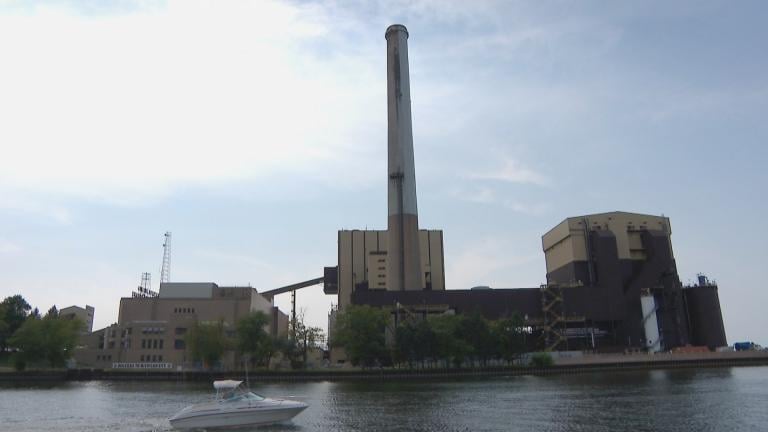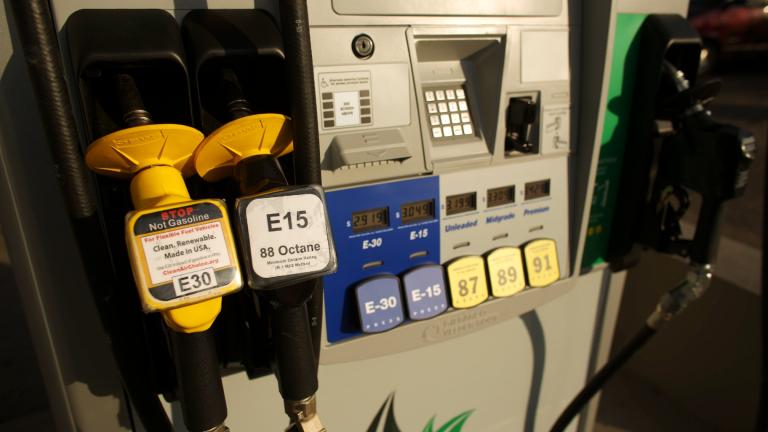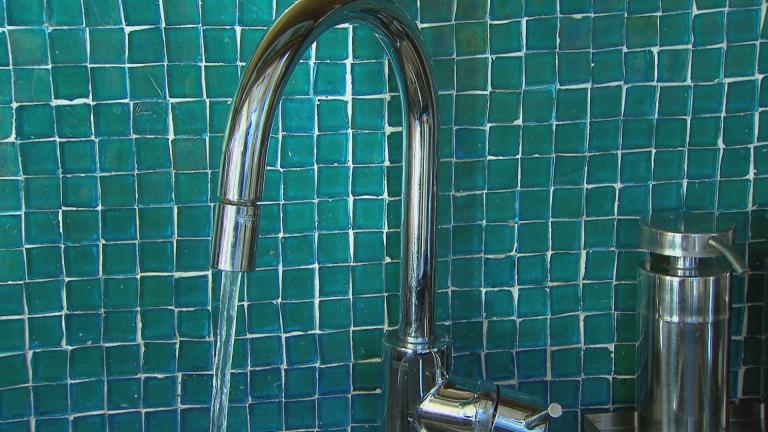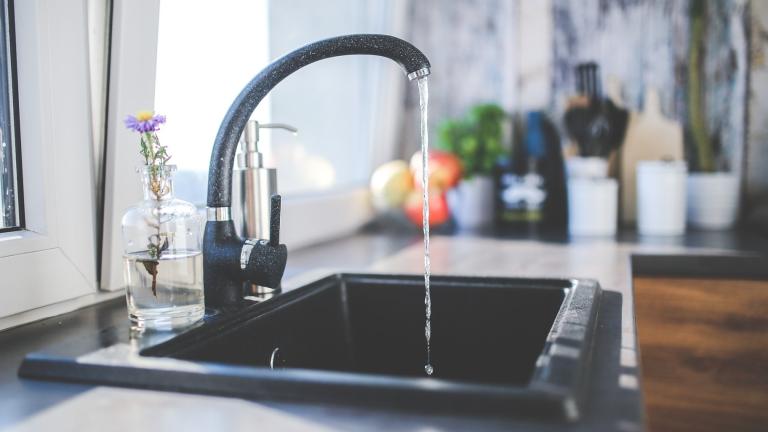
(CNN) — More than two-thirds of children under the age of 6 in Chicago may be exposed to lead-contaminated water, a new study finds.
The study published on Monday in the journal JAMA Pediatrics analyzed lead exposure based on 38,385 household lead tests collected by the Chicago Department of Water Management between January 2016 and September 2023. The researchers used machine learning, an artificial intelligence technique using algorithms, to estimate lead levels in tap water across Chicago based on this existing data.
They found that about 75% of residential city blocks in Chicago had lead-contaminated water. And more than two-thirds of children under the age of 6 in Chicago — approximately 129,000 kids — live on these blocks and may be exposed to lead-contaminated water.
“The extent of lead contamination of tap water in Chicago is disheartening—it’s not something we should be seeing in 2024,” Dr. Benjamin Huynh, lead author of the study and assistant professor at the Johns Hopkins Bloomberg School of Public Health, said in a news release.
City blocks with predominantly Black or Hispanic populations were less likely to be tested for lead and more likely to have lead-contaminated drinking water, the study found.
“For over 30 years, lead has been the emblematic example of environmental racism. It continues to be children of color or poor children who are disproportionately impacted,” said Dr. Monna Hanna-Attisha, pediatrician and professor at Michigan State University who helped expose the Flint water crisis and who was not involved with this study.
The cutoff that researchers used to determine whether a residential block had lead-contaminated drinking water was if the majority of tests within a block had more than 1 part per billion (ppb) of lead concentration. There is no safe level of lead in water, according to the U.S. Environmental Protection Agency.
The EPA’s current “action level” for lead in drinking water, where a municipality must take additional steps to educate the public and replace lead service lines, is 15 ppb in 10% of samples. The study found that 9% of household tests in Chicago had lead levels that exceeded 15 ppb, according to the news release from Johns Hopkins.
Lead gets into water when pipes, faucets and fixtures that contain lead corrode and leech lead into the water, according to the EPA. Lead pipes were often used to connect homes to the water main before they were banned in 1986.
There is no safe level of lead for children, according to the U.S. Consumer Product and Safety Commission.
“Even low levels of lead in blood have been shown to affect learning, ability to pay attention, and academic achievement,” the U.S. Centers for Disease Control and Prevention said.
Lead “bio-accumulates” in the body, which means it stays and builds up over time, so ongoing exposure, even at extremely low levels, can become toxic. Children, especially infants, are particularly vulnerable because a smaller dose of lead can have a larger health effect on them compared with adults, according to the EPA.
“A dose of lead that would have little effect on an adult can have a significant effect on a child. In children, low levels of exposure have been linked to damage to the central and peripheral nervous system, learning disabilities, shorter stature, impaired hearing, and impaired formation and function of blood cells,” the EPA states on its website.
Sources of lead exposure can include lead-based paint and products, lead in the soil and air, and lead in drinking water, according to the CDC. Between 10% and 20% of our exposure to lead comes from contaminated water, according to experts.
Many cities still use lead water pipes that were installed prior to the EPA’s ban — across the US, more than 9.2 million households get water through lead pipes, the agency says. Chicago has nearly 400,000 lead service pipes, more than any other US city, according to the study.
The EPA has proposed a requirement to replace most lead water pipes within 10 years. Chicago would get 40 years to comply with this proposal given the extraordinary number of lead water pipes in the city, Huynh said.
Hanna-Attisha said that the Flint water crisis and ongoing advocacy has led to the recognition that lead-contaminated drinking water is a serious problem, but stronger policy is still needed. In February, the Biden administration announced $5.8 billion in funding to help replace lead pipes and improve water infrastructure across the country.
Huynh said while municipalities work to replace lead pipes, they should also implement interim measures to expand access to lead testing and provide filtration to everyone with a lead service line.
Many experts suggest that parents get their child’s lead level tested at ages 1 and 2, and possibly more often, depending on the area of the country. The test is easily done by a pediatrician, or at a local state, county or city department of health.
Lead cannot be seen, tasted, or smelled so testing is the only way to know the quantities of lead in drinking water. People can reduce lead in drinking water by testing their water, contacting their water supplier to determine if their service lines are made of lead, and using and maintaining a proper filter, according to the EPA.
The-CNN-Wire™ & © 2024 Cable News Network, Inc., a Warner Bros. Discovery Company. All rights reserved.








